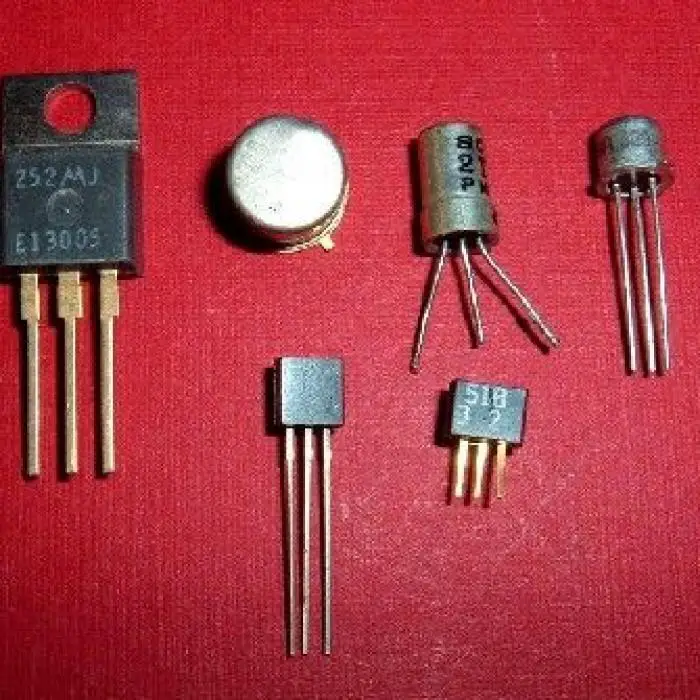

Achieving such ubiquity took decades of effort.

Because of their smaller size and lower power consumption than bipolar devices, over 99 percent of microchips produced today use MOS transistors. General Microelectronics (GME 1004) and Fairchild (FI 100) offered p-channel devices for logic and switching applications RCA introduced an n-channel transistor (3N98) for amplifying signals. MOS devices hit the commercial market in 1964. A month later Bell Labs announced the revolutionary invention in a press conference held at its New York City headquarters. The latter are faster than p-channel but are more difficult to make. The name transistor, a combination of transfer and resistor, was coined for these devices in May 1948 by Bell Labs electrical engineer John Robinson Pierce, who was also a science-fiction author in his spare time. The MOS transistor conducting region is either p-type (making it a " p-channel" device) or n-type (" n-channel" device) material. The transistor was the first device designed to act as both a transmitter, converting sound waves into electronic waves, and resistor, controlling electronic. Fred Heiman and Steven Hofstein followed in 1962 with an experimental 16-transistor integrated device at RCA. Sah of Fairchild built an MOS-controlled tetrode. Hornbeck, in A History of Engineering and Science in the Bell System: Electronics Technology. In 1960 Karl Zaininger and Charles Meuller fabricated an MOS transistor at RCA and C.T. For the Bell Labs angle on transistor invention and development, see The Transistor by J. Varios historiadores de la tecnología consideran al transistor como 'el mayor invento del siglo XX'. Shockley, at the American Telephone and Telegraph Company’s Bell Laboratories. In a 1961 memo, however, Kahng pointed out its potential "ease of fabrication and the possibility of application in integrated circuits." But researchers at Fairchild and RCA did recognize these advantages. The transistor was invented in 194748 by three American physicists, John Bardeen, Walter H. As their device was slow and addressed no pressing needs of the telephone system, it was not pursued further. Because they relied on large, expensive, fragile vacuum tubes that consumed a lot of power, the first computers. Investigating thermally grown silicon-dioxide layers, they found these states could be markedly reduced at the interface between the silicon and its oxide in a sandwich comprising layers of metal (M - gate), oxide (O - insulation), and silicon (S - semiconductor) - thus the name MOSFET, popularly known as MOS. THE TRANSISTOR The invention of computers did not immediately launch a revolution. With the help of engineer John Pierce, who wrote science fiction in his spare time, Bell Labs. (John) Atalla and Dawon Kahng at Bell Labs achieved the first successful insulated-gate field-effect transistor (FET), which had been long anticipated by Lilienfeld, Heil, Shockley and others (1926 Milestone) by overcoming the "surface states" that blocked electric fields from penetrating into the semiconductor material. Bell Labs decided to unveil the invention on June 30, 1948.


 0 kommentar(er)
0 kommentar(er)
